
Valencia and Valencian huerta contains a treasure: it is the only place of Europe where it is grown chufa. It is the fashionable superfood, whose fields can be explored, in addition to learning to elaborate horchata.
It is also possible to get into one of its star products: the nougat, in almond lands. Also visit craft breweries as The Socarrada. Discover wines from the Terres dels Alforins as Celler del Roure or the wine cellar Arráez, who claims to be the most 'rogue' of Spain. And these are just some of the many products it offers Valencia.
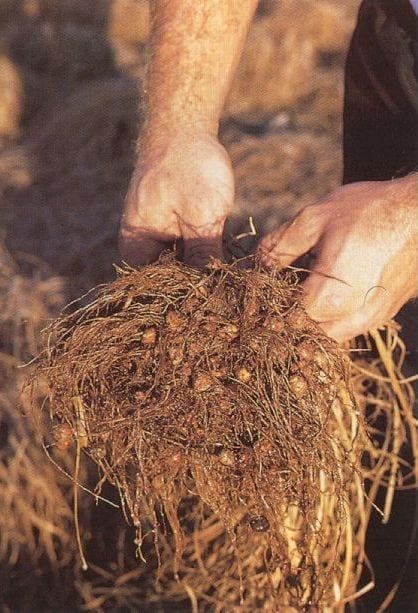
The tigernut from Valencia
This is a small tuber, which needs very fine soil like that of L'Horta Nord, which is sand from the beach. Currently around 5,3 million kilos of dried tigernut. Of these, 90% are covered by the Designation of Origin (DO).
The tigernut route allows to contemplate fields of this tuber, machinery for harvesting - all invented in Valencia- and dryers. As well as unique constructions in the area such as the tents and farmhouses.
From March to May in Alboraya y White Tavernes the collection of the chufa from the previous campaign. At that time it is in the drying process in the 'cambras'.
During the slow and careful drying process, which should last a minimum of three months, as established by the DO, two daily removals of the tubers are carried out. The natural drying It has to be as slow as possible for the carbohydrates to turn into sugars. At the end of the process, the humidity drops from 50 to 11%.
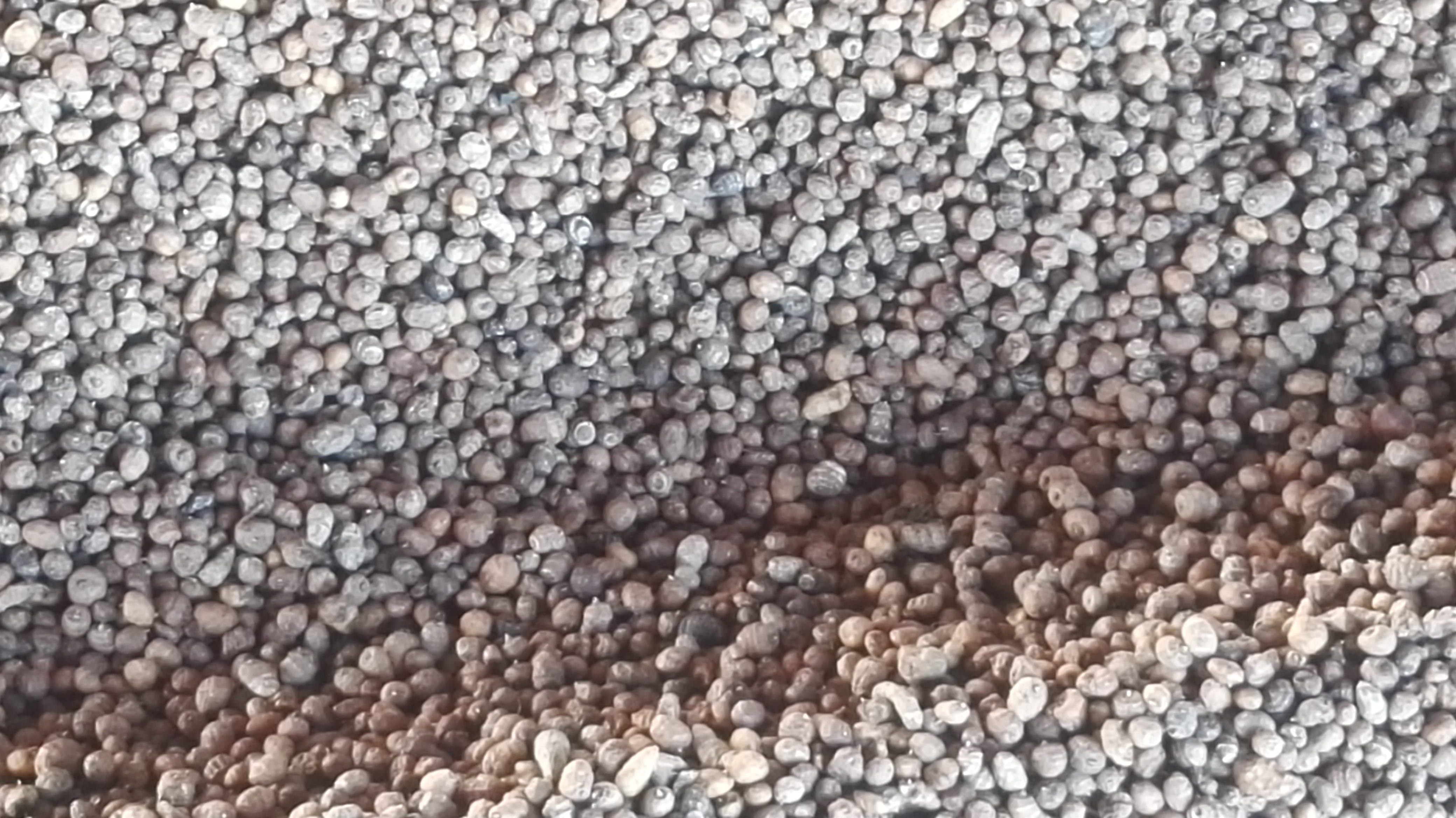
La chufa it is planted between the months of April and May. Mid-June is a good time to observe how the plants, in full development, are watered through the typical system of the Valencian huerta, blanket irrigation. The ditches of Roman origin carry the water to the plots.
Horchata, a genuinely Valencian product
La DO distinguishes between two varieties of tigernut: the long and the round. Although in reality its form is a adaptation of the tuber to the ground. In November, before harvesting -currently by machine-, you can enjoy an authentic show such as burning of the aerial part of the plant.
In washing the crop, the tigernuts they lose their roots and their skin is cleaned, after which the drying process is carried out. Once completed, the germ it is chosen by hand. The horchata It is made with chufa collected two years earlier. It is intended to be as dry as possible, since the older it is, the more flavor it has.
La chufa, they count in the area, it ages like reserve wine. To make the horchata, they are rehydrated and washed. Later they are crushed in a mill and water is added, resulting in a mass that is allowed to marinate.
The ground obtained is pressed, sieved and added sugar. The horchata of Valencia owns properties digestive very healthy as it is rich in minerals such as phosphorus, magnesium, potassium, and iron. It is also useful for controlling the cholesterol.
In addition, does not contain lactose, so it can be consumed by those allergic to it. And, as they say by Valencia: the horchata it is not summer, it is year round.
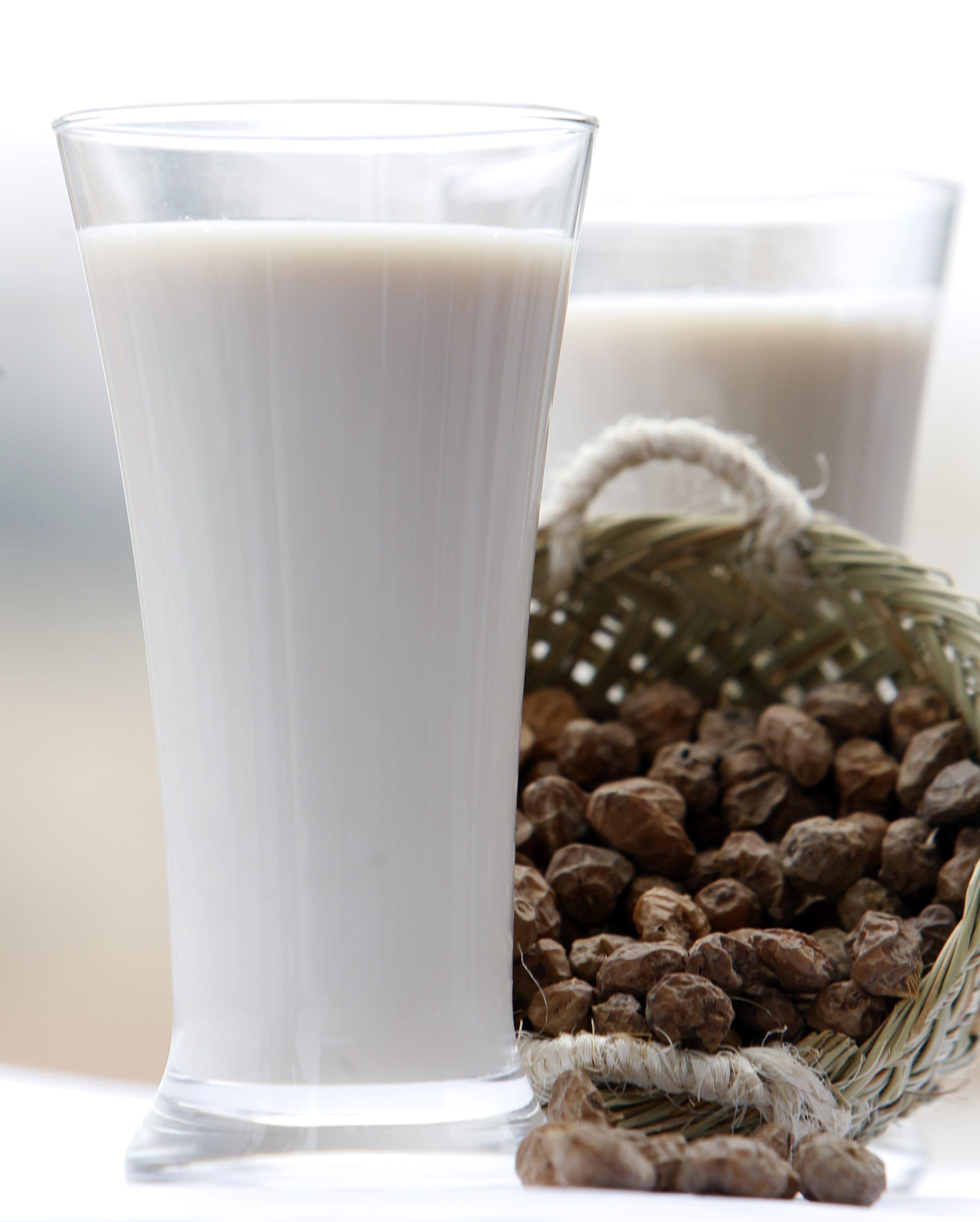
The origin of horchata
On the origin of the name of horchata, legend has it that a young woman gave a sweet white drink al King James I the Conqueror. This, very pleased by its taste, asked: "What is aixo?" (What is this?), And the young woman replied: tigernut milk", To which the king replied saying:" Aixo is not llet, aixo is or xata! " (This is not milk, this is gold, flathead).
En Dry it blanch, riding a Alboraya, they have been doing routes in which they show the tigernut cultivation. Also the drying process. They do workshops in which they teach make horchata at home.
In addition, in the restaurant, built in an old hair dryer, they offer gastronomy of the garden. They can be tasted in addition to Rice dishes and horchata, tigernut aioli and Cambra beer, made with tigernut from Valencia.
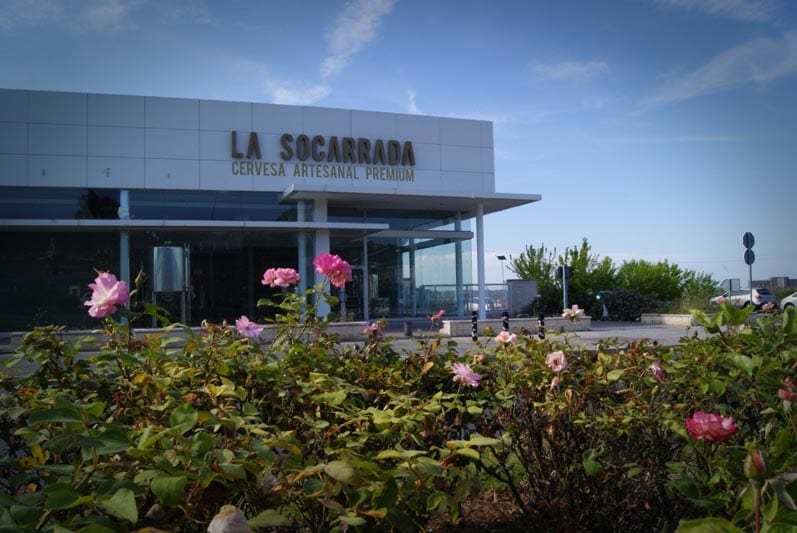
The charred
Beers with other products of the earth, such as orange and seawater, are the ones that elaborates the La Socarrada brewery in your factory Xativa. City where the Borja route, one of the most powerful families in the Renacimiento that here they had their cradle. At the foot of the city is the factory, which can be visited every Saturday with a tasting at the end.
La La Socarrada beer It is made with rosemary and miel rosemary. He obtained in 2012 the award Superior Taste of the International Taste & Quality Institute in Brussels. Its founders are Sergio Iborra and Rafa Suñer. They had no factory. “They called us from Texas asking who was the distributor of United States”, They both remember smiling, now selling their beers in 21 countries. While, The Socarrada, which they define as a “Belgian with a Mediterranean heart”, has been accumulating awards.
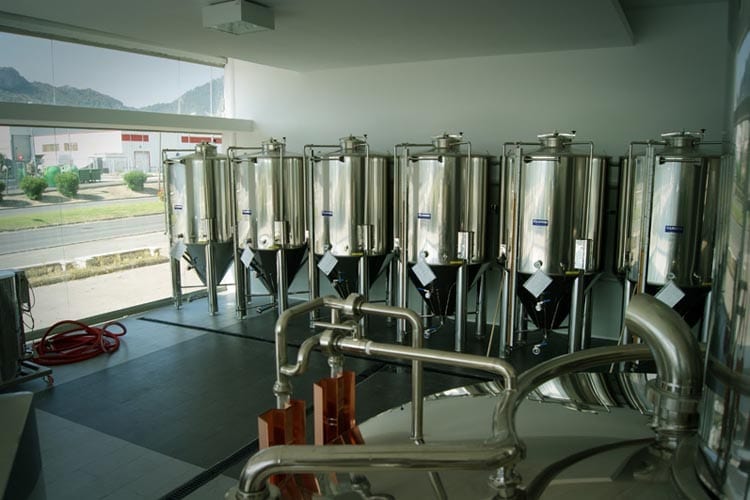
A year after the award, they opened the brewery plant and launched the Er Boquerón beer. The first in the world made with seawater (from Valencia, of course) -it carries between 6 and 10% seawater of the total water-.
"It has very white malts, without much toast, which makes it almost a white wine of those that are very mineral"
La Socarrada launches Orange, its new beer
"Is a Aquarius made beer », they say. Then came Toro, toasted and with the peculiarity that matures with oak barrel wood Jerez Pedro Ximenez. The last to reach this family has been The Charred Orange, because "the client demanded a sister from La Socarrada". Carry macerated orange peel and orange blossom honey. It is refreshing and easy to drink. It is ideal "for a foie, figs, goat cheese or even a chocolate dessert". Its founders predict: “One day we will make a black beer".

Valencia wines
Leaving Xativa, going south and inland we find a wine-growing area steeped in history. Are the 'Terres dels Alforins'. Form it 12 wineries, where wine is made from the first settlements in the Iberian Peninsula. In Moixent you can visit an Iberian settlement from the XNUMXth century BC. C., the Bastide of the Alcusses. It is the first record of the practice of viticulture in the area comes from this town 2.400 years ago.
Bodega Árraez, a 'rogue' wine
The traditional tools of the vine of the area can be seen in the Arráez winery, whose tasting room is in the old warehouses. Located in Fountain of the Figuera, this winery was built on top of three old wineries. They were from winegrowers, who had been producing wine since 1950.
In 2007, the winery was about to lower the blind when Toni Arraez, of the third generation, took over the business. It became «the first 'canalla' winery in Spain », he assures. Well, until now "no winery has been aimed at young audiences."
If until 2007, the average age of the winery workers was 64, now it is 30. His philosophy can be summed up in “transgressing and breaking with the seriousness that distances wines from young people”, he tells us Toni.
This resulted in stop producing a lot of cheap wine and make less quantity, but cheap and attractive, especially for young people. In fact it is the only winery in Spain who brings wines to concerts. And since the attraction begins with the names and labels, they inaugurated the new stage with Bad life.
The best seller in all of Valencia
In its price range it is already the best-selling wine in the Valencian Community, which he followed Lost bullet y Live Without Sleep. "We offer quality and rogue aesthetics," he says. Tony, because "for us the bad life is to enjoy".
The winery works with autochthonous varieties Monastrell, Moscatel and Verdil.
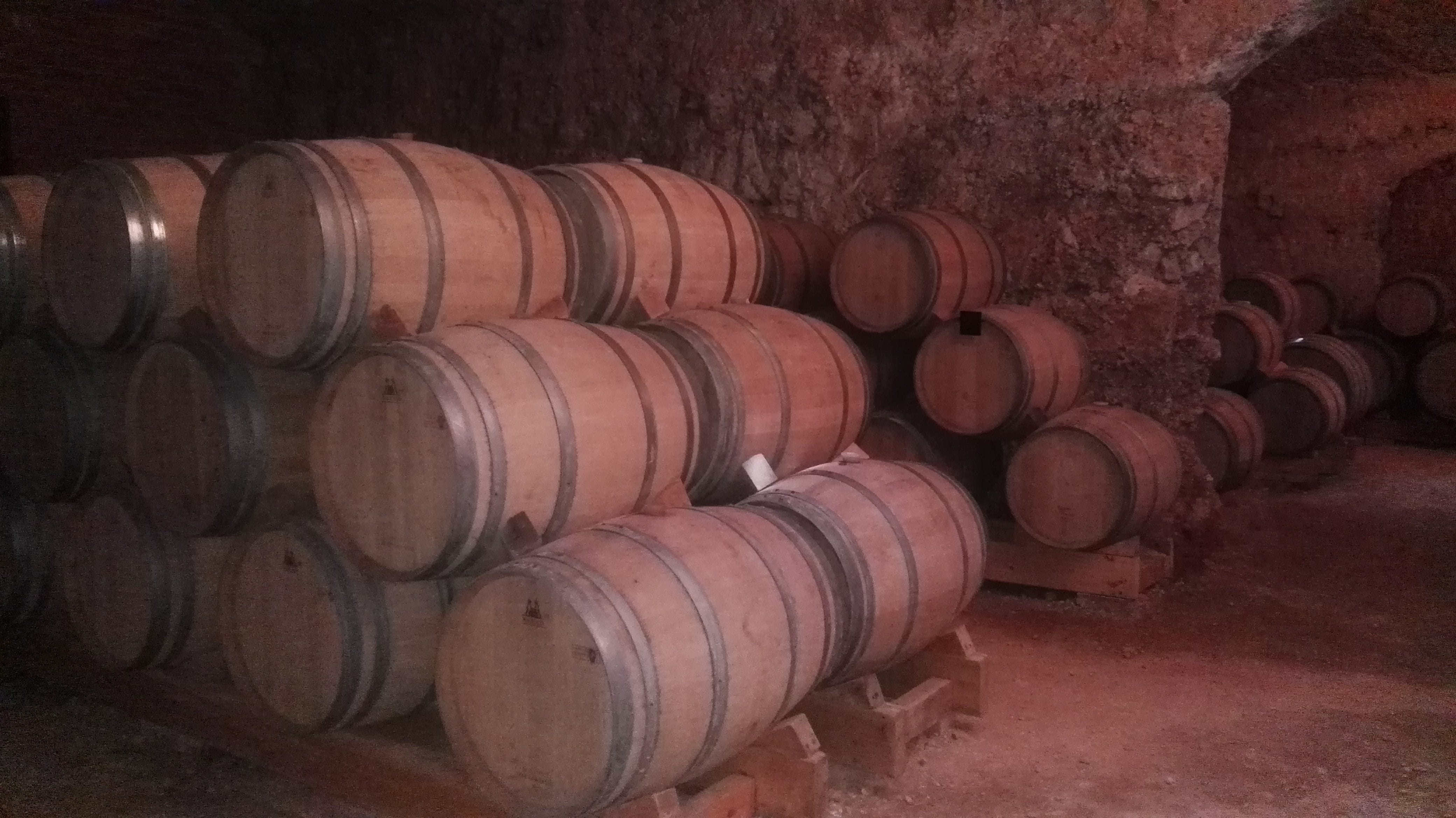
En Moixent, Celler del Roure bought a 40 hectare estate of vineyards knowing that he would have a wine cellar. There are wineries on all the farms in the area, but not as big as the one they found. It is very likely that the winery, with four ceramic wineries for fermentation, it is from Roman times, although the first text dates from 1614.
El Celler del Roure, a winery that produces ceramic
This winery produces more and more in ceramics, since it represents half of its production. The and advantages of this material are that ceramic is more porous than wood, that less is lost and that it is at 15 degrees all year round. Celler del Roure has recovered the variety I send, which with the production of bulk wine had disappeared. They already include it in their wines.
The best known of the winery are Maturity, the only one that goes through ceramic (8 months) and wood (14 months) and The Alcusses. During the visit to the winery, on weekends, you can see replicas of viticulture pieces found in the town of The Bastide of the Alcusses.
The Cabanes nougat
Others who would like their product to be consumed all year round are the manufacturers of nougat. In Cabanes, Castellon, land of almonds Marcona, there is the artisan nougat factory saint Louis. In September the campaign of Christmas.
The visit to the factory, which is carried out throughout the year, includes a space for history and culture of nougat. This name comes from the Latin word that means toast. Since the toasting point of the almond is very important.
El nougat, At first it was done at home because in the farmhouses there were almond trees. During the visit it is learned that the soft nougat comes out of the hard and that its origin is when it was made at home. When breaking it, the crumbs skipped, they began to crush them in a mortar, heated them and saw that it was good.






